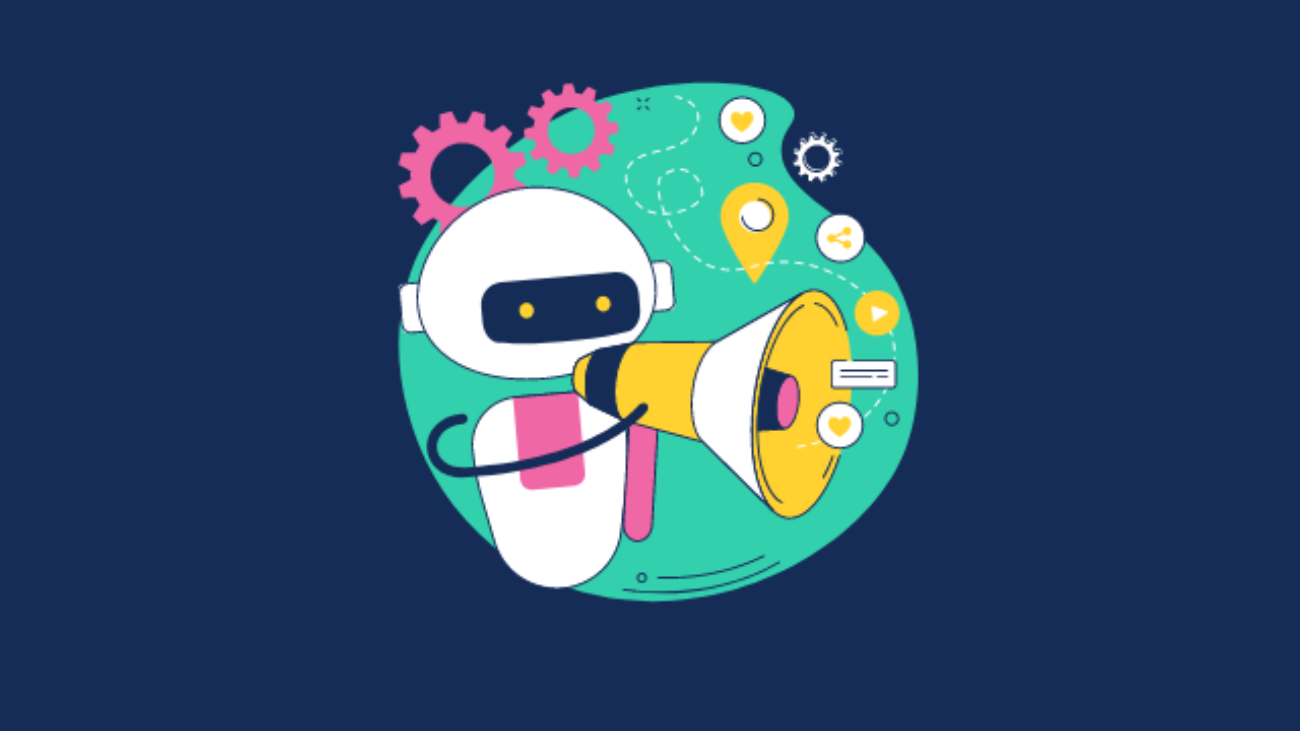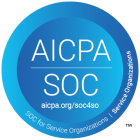Goldfish have a three-second memory.
We only use 10% of our brains.
Cracking your knuckles causes arthritis.
Most myths are harmless fun, right? Unfortunately, the same can’t be said for the myths surrounding app engagement. At best, they’re a distraction. At worst, they lead you down a rabbit hole of wasted time and resources, leaving you scratching your head about why your engagement metrics aren’t budging.
Sound familiar? We’ve all been there. You’re trying to boost user retention, increase in-app purchases, or just get people to spend more time in your app. You’ve tried all the usual tricks, but something’s not clicking. Maybe, just maybe, you’ve fallen prey to one of these sneaky little myths…
Let’s Debunk Them, Shall We?
App Engagement Myth #1: Frequent Updates Automatically Boost Engagement
Many believe that frequently updating your app with new features will automatically keep users engaged. While updates are important, they are not a guaranteed method to boost engagement. Constant changes can confuse users and disrupt their experience.
In the early stages of mobile apps, frequent updates were a novelty and often seen as a sign of active development and improvement. Users were excited about new features and enhancements. However, the landscape has changed. Today, users expect stability and reliability. Frequent updates can lead to bugs, crashes, and a poor user experience if not properly tested and implemented. Moreover, users may find constant updates annoying, especially if they have to re-learn the app’s interface or functionality each time.
What to do instead:
Focus on meaningful updates that enhance the user experience. Conduct user research to understand what features and improvements your users actually want. Communicate the benefits of new updates clearly and provide guides or tutorials to help users adapt to changes. This ensures that updates are well-received and genuinely improve engagement.
For example, instead of rolling out multiple minor updates, plan for substantial updates that address user feedback and introduce significant improvements. This approach not only keeps the app stable but also makes users look forward to the updates. Additionally, ensure that updates are thoroughly tested to minimize bugs and disruptions.
App Engagement Myth #2: High Download Numbers Mean High Engagement
It’s a common misconception that high download numbers equate to high engagement. An app might be downloaded many times, but that doesn’t necessarily mean users are actively engaging with it. Downloads measure interest, not engagement.
High download numbers can be misleading. An app might have millions of downloads, but if users aren’t opening and using it regularly, those numbers are meaningless. In fact, many apps are downloaded, used once, and then forgotten. This phenomenon, known as “app graveyard,” is common in the crowded app market. Engagement metrics such as daily active users (DAUs), session length, and user retention rates provide a much clearer picture of how users interact with your app.
What to do instead:
Track metrics that reflect true engagement, such as daily active users (DAUs), session length, and user retention rates. These metrics provide a clearer picture of how users are interacting with your app. Focus on strategies that drive active usage, such as personalized onboarding experiences, engaging content, and regular interaction prompts.
For instance, instead of celebrating download milestones, analyze the user journey to identify drop-off points. Implementing a smooth onboarding process can help retain users who might otherwise abandon the app shortly after downloading. Regularly update your content and features to keep users engaged and returning to your app.
App Engagement Myth #3: Gamification Guarantees User Engagement
Gamification, like adding leaderboards and rewards, can increase engagement, but it’s not a one-size-fits-all solution. Not all users are motivated by gamified elements, and poorly implemented gamification can feel forced and disengage users.
While gamification can be a powerful tool, it must be used thoughtfully and in alignment with your app’s core functionality. If gamification feels tacked on or irrelevant, it can backfire. Users might see through the superficiality and feel manipulated rather than genuinely engaged. Moreover, gamification elements that are too complex or demanding can overwhelm users, leading to frustration and abandonment.
What to do instead:
Understand your audience and implement gamification where it makes sense. Use it to enhance the core experience rather than distract from it. Test different gamified elements to see what resonates with your users and refine your approach based on their feedback.
For example, a fitness app might introduce challenges and rewards for achieving fitness goals, motivating users to stay active and engaged with the app. However, ensure that these elements complement the main functionality of the app and do not overshadow it. Regularly collect user feedback to fine-tune the gamification aspects and ensure they remain engaging and relevant.
App Engagement Myth #4: Engagement is Only About In-App Actions
Many believe that user engagement is limited to actions taken within the app itself. However, engagement spans the entire user journey, including interactions through emails, social media, and customer support. A holistic approach to engagement that includes multiple touchpoints will yield better results and create a more connected user experience.
Users today interact with apps in a variety of ways, not just through the app interface. They might receive promotional emails, follow your brand on social media, or reach out to customer support. Each of these touchpoints is an opportunity to engage and delight users. Ignoring these channels means missing out on valuable interactions that can enhance the overall user experience.
What to do instead:
Integrate your app engagement strategy with your broader marketing efforts. Use email campaigns, social media interactions, and customer support to reinforce your in-app engagement strategies. Provide a seamless and consistent experience across all channels to keep users engaged. This multi-channel approach ensures that users feel valued and connected to your app, regardless of where the interaction occurs.
For example, a fitness app can send follow-up emails with personalized workout recommendations based on the user’s in-app activity. Additionally, engaging with users on social media by sharing success stories, tips, and challenges can create a sense of community and keep users motivated to continue using the app. Ensure that your brand voice and messaging are consistent across all platforms to build trust and familiarity.
App Engagement Myth #5: Engagement is All About the Numbers
It’s easy to get caught up in metrics like daily active users (DAUs) and session length. While these numbers are important, they don’t tell the whole story. Qualitative feedback, such as user reviews and direct feedback, can provide insights into user satisfaction and areas for improvement.
Numbers alone don’t capture the full user experience. An app might have high DAUs and long session lengths, but if users are unhappy or facing issues, those numbers are misleading. Qualitative data, such as user reviews, surveys, and direct feedback, offer rich insights into how users feel about your app and what improvements they desire. This feedback can reveal pain points that quantitative data might miss.
What to do instead:
Balance quantitative data with qualitative insights to understand and improve the overall user experience. Regularly solicit feedback from users and act on it to make meaningful improvements to your app. Focus on creating a valuable and enjoyable user experience, not just hitting numerical targets. By understanding the nuances behind the numbers, you can make more informed decisions that enhance user satisfaction and engagement.
For instance, if users are spending a lot of time in your app but leaving negative reviews, it’s a sign that the time spent isn’t necessarily positive. Analyzing these reviews can help identify specific pain points that need to be addressed, leading to a better overall user experience and higher satisfaction rates. Regularly engage with users through surveys and feedback forms to keep a pulse on their needs and expectations.
Debunking App Engagement Myths for Better Results
There you have it: 5 app engagement myths debunked. As you can see, app engagement is evolving and so should your strategies. Today, it’s more about providing continuous value and understanding user needs. I hope this post has helped you steer clear of misleading information so you can enhance user engagement effectively.
Let’s connect
Looking to improve your app engagement? That’s what we’re here for. Let’s help you get to the future of app engagement. Connect with us now!



